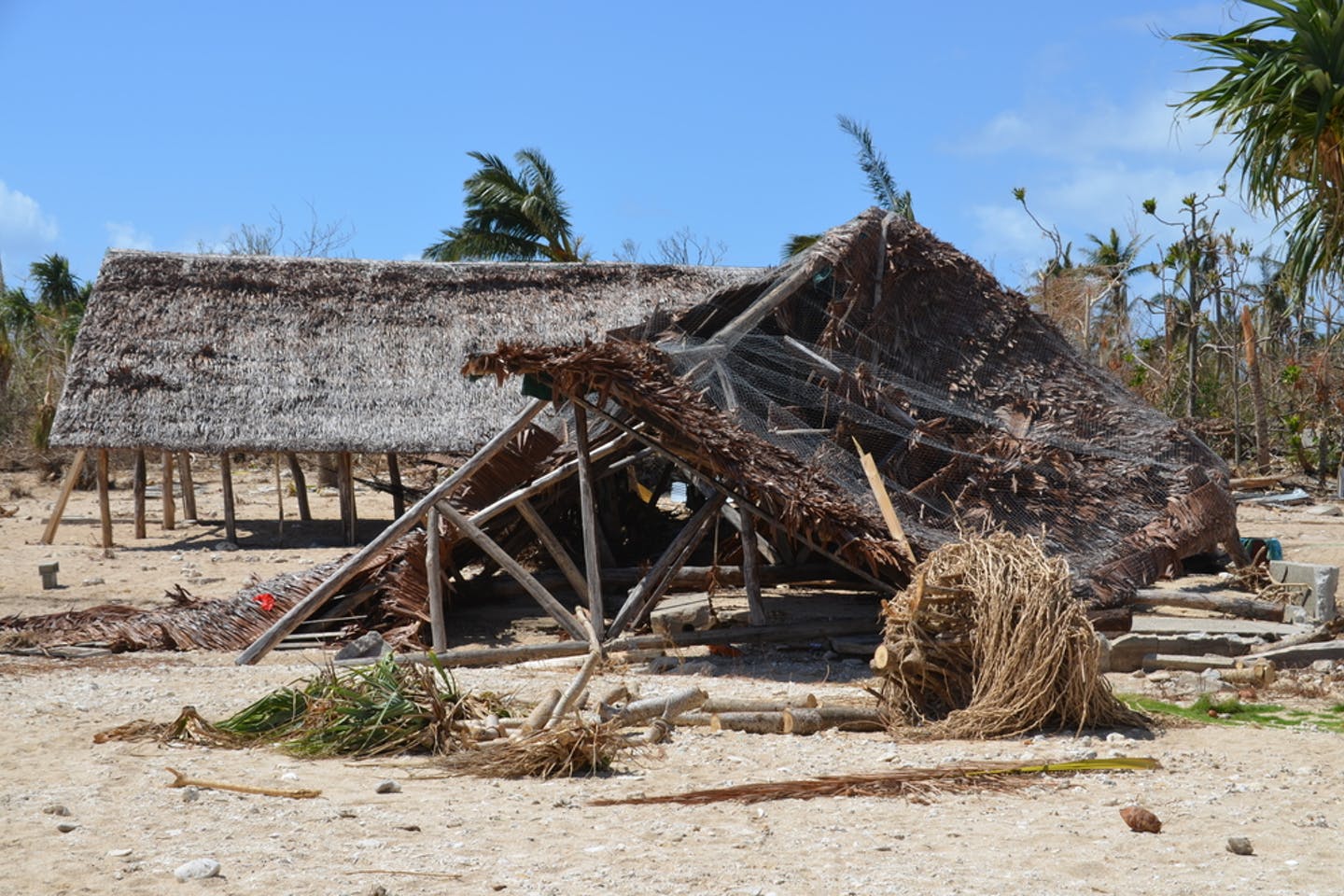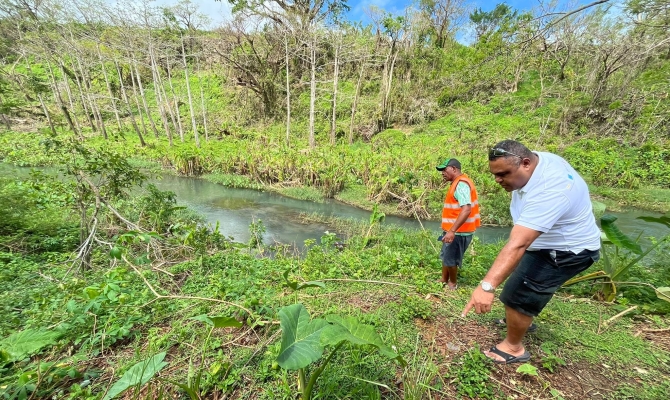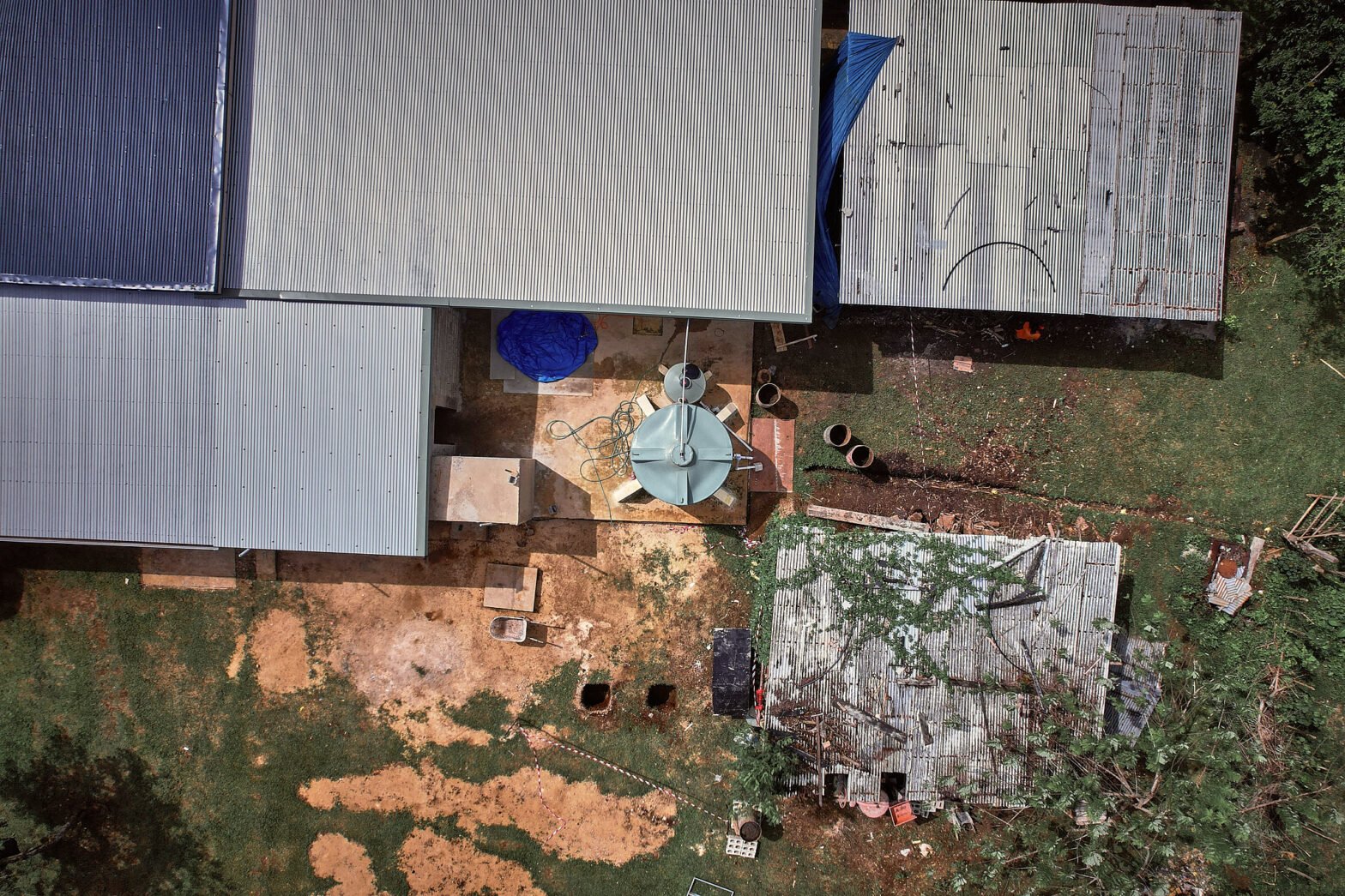African tulip trees that pose a huge threat to biodiversity across the Pacific region were inoculated with a weed-busting mite as a biological control agent
Several young African tulip trees have been inoculated with a weed-busting mite recently imported from New Zealand (NZ) as a biological control agent.
The incubation was done at the Department of Biosecurity (DOB’s) Containment Facility. After inoculation, the bio-agents will be released to the environment. The impacts of the bio-agents should appear in nine days.
This natural enemy for invasive African tulip tree was brought in by the Natural Enemies-Natural Solutions (NENS) Team from Manaaki Whenua-Landcare Research (MWLR) in NZ.
This follows on from the release of this mite and a leaf-mining flea-beetle (Paradibolia coerulea) against African tulip tree in the Cook Islands.
MWLR Pacific NENS Co-ordinator, Temo Talie, said rigorous testing has confirmed that both the mite and the beetle are African tulip tree specialists that pose no risk to other plant species in the Pacific region.
“Surveys of African tulip tree in Ghana, led by South Africa’s Rhodes University, found the mite which forms leaf galls that stunt new growth, and the beetle which defoliates the plant. The combined impact of both natural enemies is likely to be needed to reduce the invasiveness of African tulip tree,” she stated.
This tree is considered one of the 100 worst alien invasive species in the world, and one of the top 30 terrestrial invasive plants. Introduced to many Pacific islands as an ornamental plant, the African tulip tree poses a huge threat to biodiversity across the region.
Native to tropical Africa, this fast-growing evergreen tree infests rainforests and out-competes native vegetation. Productive land can also quickly be colonised affecting food production. To make matters worse, invasive species like this make ecosystems and communities more vulnerable to natural disasters and the impacts of climate change.
The project against African tulip tree is gathering speed. The mites were successfully shipped to Tonga in May. Mass-rearing is underway and field releases will begin there in a few months’ time.
MWLR Science Team Leader Lynley Hayes said “the only feasible method for controlling widespread invasive weeds involves using their own natural enemies against them. This approach has been safely and successfully used worldwide for more than a century.”
The Cook Islands have led the way, with the mites first released in Rarotonga in 2016, followed by the beetles in 2021. “The mites established readily and have now spread to the outer islands of Aitutaki and Atiu. Although early days for the flea beetle, it also appears to be establishing,” said Lynley.
Fiji has arguably the worst problem with African tulip tree in the region, and a recent workshop in Suva identified that the introduction of both natural enemies is a high priority for next year. Other countries in the Pacific are also showing interest in getting involved.
The work to tackle the African tulip tree problem in the Pacific, through the use of natural enemies, has been mostly funded by NZ’s Ministry of Foreign Affairs and Trade, via three separate projects which are tackling invasive weeds in the Pacific. The Global Environment Facility is also providing some support for this essential work.
“It is hoped that over time African tulip tree can be added to the growing list of weeds successfully controlled with natural enemies in the Pacific,” said Lynley.
This story was written by Anita Roberts, originally published at Vanuatu Daily Post on 19 July 2022, reposted via PACNEWS.




